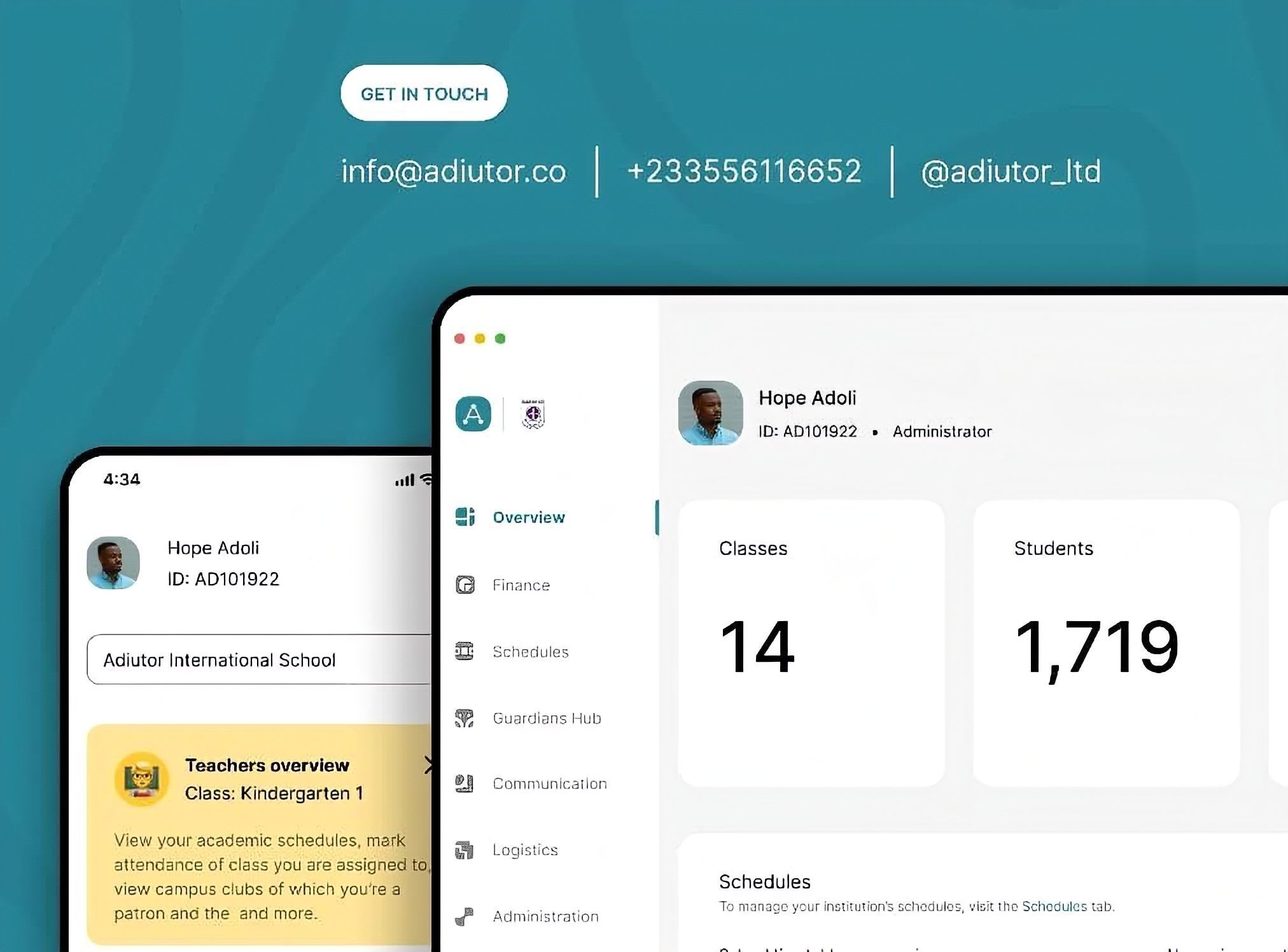Understanding Distributed Learning
Distributed learning is an instructional model that organises teaching and learning activities across multiple settings, times, or platforms.

Distributed learning is an instructional model that organises teaching and learning activities across multiple settings, times, or platforms. Learning occurs through a blend of socially and technologically mediated processes distributed across: people (teachers, peers, mentors), tools and technologies (books, software, digital platforms), environments (classrooms, online spaces, communities), time (asynchronous and synchronous interactions).
How Distributed Learning Works
It helps to think of Distributed Learning as an ecosystem to understand distributed learning in practice. Typically, there are multiple delivery modes (synchronous, asynchronous, and face-to-face) that have been integrated into a cohesive framework, supporting ongoing engagement and knowledge construction. Its application requires intentional instructional design. Effective distributed courses need clear communication channels, structured feedback loops, and consistent expectations to ensure coherence across time and space.
Synchronous activities (like live online lectures or real-time discussions) provide immediacy and social presence. They help maintain a sense of community and allow instructors to clarify concepts quickly. Asynchronous activities (such as recorded lectures, readings, discussion forums, or self-paced quizzes) also offer flexibility and deeper reflection. Students review materials at their own pace, which supports a variety of learning styles and schedules.
Learning management systems (technological infrastructure) act as the central hub, enabling access to content, collaboration tools, and assessment features. Video conferencing apps, interactive simulations, and even mobile learning extensions can be incorporated to enrich the learning experience.
For educators, this means shifting to a facilitation role, guiding learners as they navigate multiple learning pathways. Without this, learners can easily disconnect or feel overwhelmed.
The Cognitive Dynamics of Distributed Learning
From cognitive science, we know that learning is more durable when information is encountered at intervals rather than all at once. Distributed learning leverages this principle by spacing out learning experiences across time, context, and activity type, allowing knowledge to consolidate more effectively in long-term memory. Its architecture invites learners to revisit, apply, and reinterpret concepts through varied modes (such as asynchronous readings, interactive discussions, etc). Another benefit lies in contextual variability. Learners learning across multiple environments means they associate knowledge with a wider range of cues. This makes it easier to recall and apply information in different ways.
Because distributed learning often involves independent and asynchronous components, students must plan, organise, and evaluate their progress more consciously. These self-regulatory behaviours (goal setting, time management, reflection) encourage learners to monitor their own understanding and make adjustments if necessary, which is central to effective learning.
Human Connections in a Distributed Learning
One of the most persistent worries about distributed learning is that it reduces human connection. While it’s true that students and teachers may not always share the same physical space, effective distributed learning designs deliberately cultivate interaction and community.
In school classrooms, relationships are built through shared time and space. In distributed environments, those relationships are shaped through communication patterns, collaborative tools, and instructional design. Video conferencing, discussion boards, peer review activities, and group projects all serve as social bridges that connect learners across locations and schedules.
Research shows that learners are more motivated and perform better when they perceive their instructor and peers as accessible and responsive. Distributed learning environments achieve this through consistent feedback, timely communication, and well-structured opportunities for interaction. For instance, instructors who use personalised messages or reflective prompts can maintain a strong teaching presence without even being physically present.
Moreover, students who might hesitate to speak up in a face-to-face classroom often find their voice in asynchronous discussions, where they have time to reflect before responding. The flexibility of digital interaction also accommodates diverse learning preferences, communication styles, and life circumstances, leading to increased inclusion and accessibility.

Adiutor
Adiutor means "helper" - we do just that, by taking a load of your school administration and helping you focus on what matters most: the kids.
References
Arkorful, V., & Abaidoo, N. (2015). The role of e-learning, advantages, and disadvantages of its adoption in higher education.
Clark, R. C., & Mayer, R. E. (2011). E-learning and the science of instruction: Proven guidelines for consumers and designers of multimedia learning.
Hrastinski, S. (2008). Asynchronous and synchronous e-learning.
Garrison, D. R., Anderson, T., & Archer, W. (2000). Critical inquiry in a text-based environment: Computer conferencing in higher education.
Cepeda, N. J., Pashler, H., Vul, E., Wixted, J. T., & Rohrer, D. (2006). Distributed practice in verbal recall tasks: A review and quantitative synthesis.
Dixson, M. D. (2010). Creating effective student engagement in online courses: What do students find engaging?
Means, B., Toyama, Y., Murphy, R., Bakia, M., & Jones, K. (2010). Evaluation of evidence-based practices in online learning: A meta-analysis and review of online learning studies.
